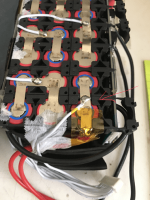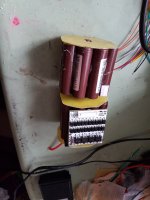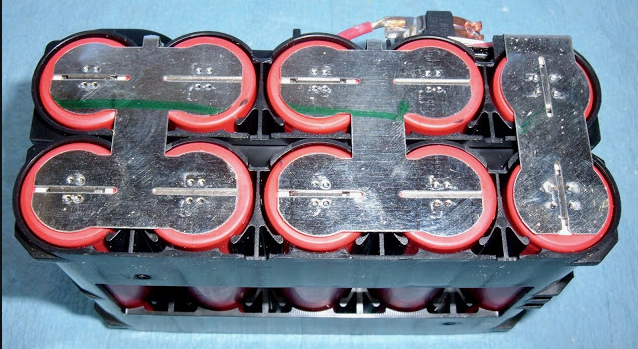mcristiani
10 W
- Joined
- Jul 19, 2017
- Messages
- 84
I am using a sunkco 709A welder from ebay.
For multiple layers of nickel strip, do I weld them all in one go i.e. two or three layers. Or weld on each layer one after the other?
My series tabs are weak. Am I heating the parallel weld up when I spot-weld to the layer of nickel that is the parallel group?
Does welding too hot, actually overstress the metals and make them weak, brittle or even unweldable?
Can you make any comments in regards to safety or efficiency with the below operating procedure:
Layout cells according to schematic diagram
Weld all parallel connections on one side
Weld all parallel connections on the other side
Test voltages
Weld all series connections on one side
Weld all series connections on the other side
Test Voltages
Solder sensing/balance wires
Connect B-
Connect Balancing harness
Connect B+
For multiple layers of nickel strip, do I weld them all in one go i.e. two or three layers. Or weld on each layer one after the other?
My series tabs are weak. Am I heating the parallel weld up when I spot-weld to the layer of nickel that is the parallel group?
Does welding too hot, actually overstress the metals and make them weak, brittle or even unweldable?
Can you make any comments in regards to safety or efficiency with the below operating procedure:
Layout cells according to schematic diagram
Weld all parallel connections on one side
Weld all parallel connections on the other side
Test voltages
Weld all series connections on one side
Weld all series connections on the other side
Test Voltages
Solder sensing/balance wires
Connect B-
Connect Balancing harness
Connect B+




